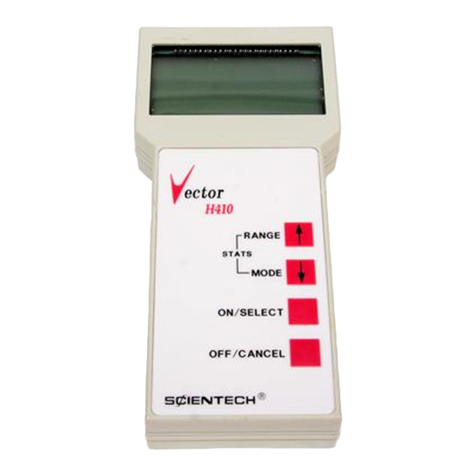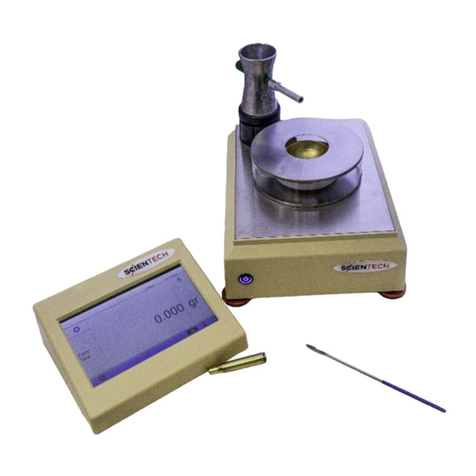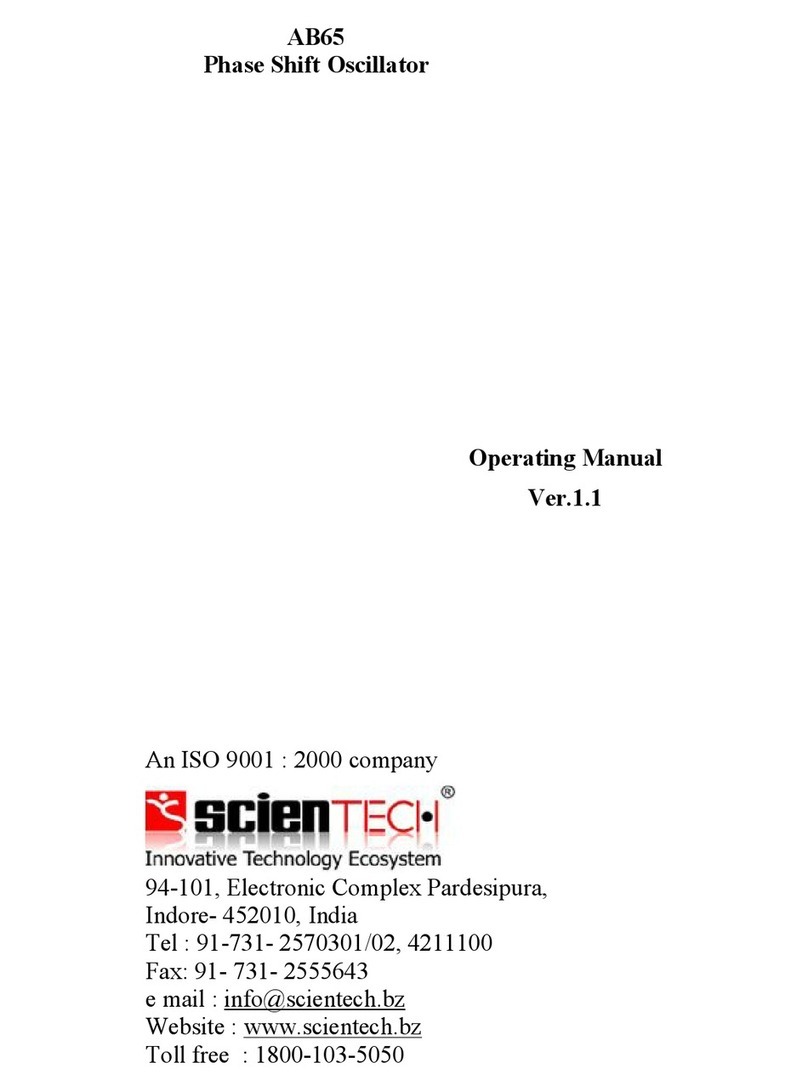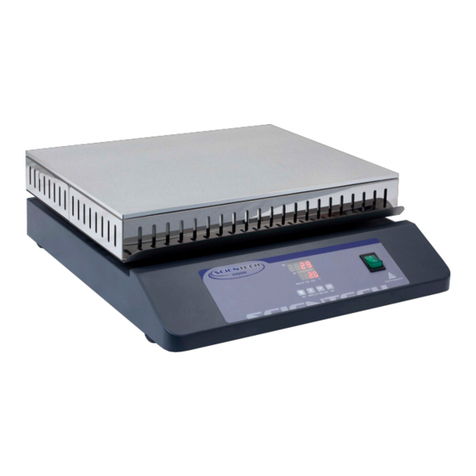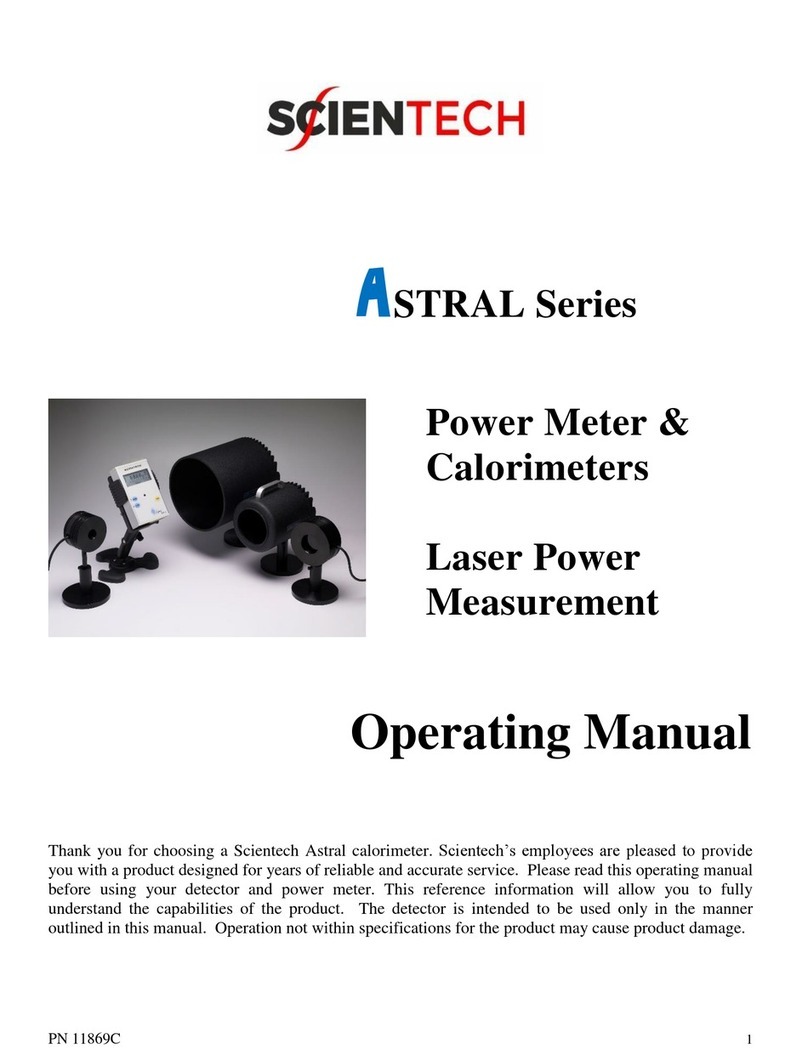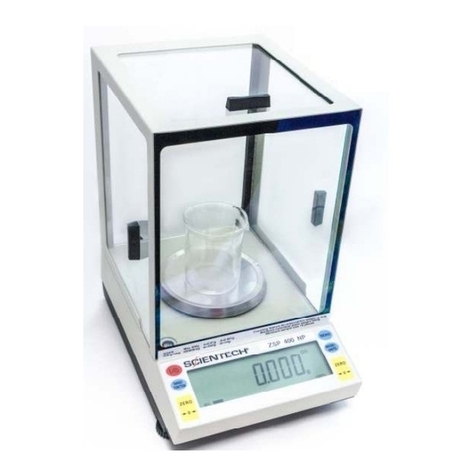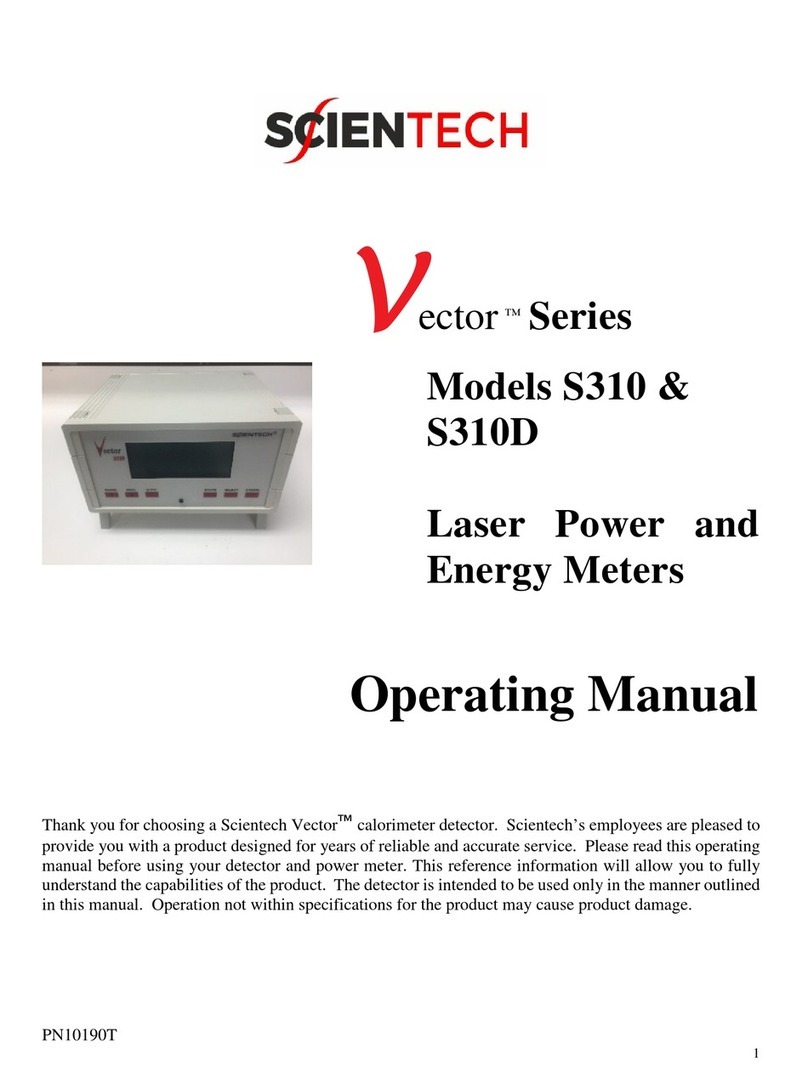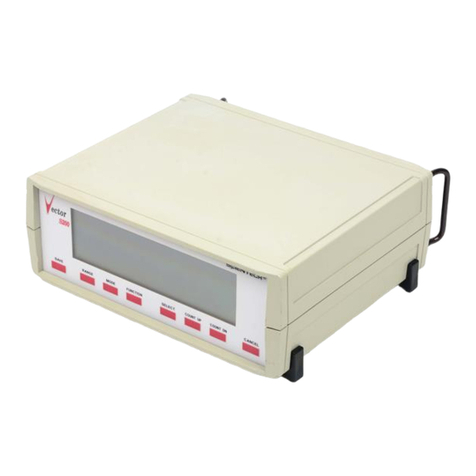
6
Initial Voltage Interpolation:
A method used to eliminate the tedious numerical integration task is to project the thermal decay envelope on to
the voltage axis, determine the 1/e decay time constant T, and estimate the total energy value (E):
E = (Vo/S) x T
The change from thermal absorption to thermal transport phenomena near the peak causes difficulty in
accurately projecting the envelope on to the voltage axis introducing an error, dVo. Further, the determination of
the time constant T, introduces another error, dT. The total error is the sum of the two errors.
dE = (Vo/S)dT + (T/S)dVo
The difficulty in eliminating the potential error makes this method typically less accurate than numerical
integration, but much faster in application.
Peak Voltage Estimate:
The peak voltage method requires using an independent determination of total energy and referencing it back to
the peak voltage value, Vp.
For a given pulse, use the numerical integration method to obtain E. Note the peak voltage, Vp. Compute the
value, F
F = E/Vp
For the next pulse compute the total energy: E = F x Vp
The error in using this method yields: dE = FdVp+ VpdF
The accuracy of this measurement depends upon the error in the original calibration, dF, and the error in the
peak voltage dVp. A careful numerical integration yields a value for dF near zero. The value of dVpcan be
minimized by maintaining the geometry of the system (i.e. beam intensity, beam profile, wavelength and
environment) during operation to be the same as during calibration. Under controlled circumstances, the peak
method accuracy usually falls between the numerical integration and initial voltage interpolation methods.
Calibration of Large Aperture Calorimeters:
A. Refer to Figure 1. Connect a DVM to the white jacks of the calorimeter.
B. Measure the resistance of the substitution heater making sure to subtract the resistance of the patch
cables from the total resistance measurement.
Note: When measuring the substitution heater resistance of a 200 mm calorimeter, R1 and R2
must be connected together in series.
Compare this resistance to Rcin the calibration data in the front of the manual. The two should agree
within 2%. If not, contact Scientech.
C. Calculate the voltage equivalent to laser power using the following formula:
V = (Rcx C x W)1/2
where:
V = voltage applied to the heater coil
R
c= substitution heater resistance from step B
C = Cal coefficient 360401 = 1.018 360801 = 1.000
380401 = 0.974 380801 = 1.008
380402 = 1.024 380802 = 1.008
384UV5 = 1.021 388UV5 = 1.002
W = desired laser power in watts
D. Connect the DVM to the calorimeter’s DIN connector.
E. Apply the calculated voltage (V) to the electrical substitution heater.
